
Are you tired of having to pay greens fees at your local golf course?
Have you thought about building your own golf course?
You better start saving up now because building a golf course is very expensive.
If you were ever curious about the average costs to build a golf course, we can help you with some really great information.
How Much Does It Cost to Build a Golf Course?

It will cost at a minimum five million dollars to build a golf course.
Most courses are going to require closer to ten million dollars to build.
Part of the reason behind this is that there are so many costs involved with building golf courses.
It’s not as simple as planting seeds and putting a few holes in the ground.
There is quite a bit of work that goes into building a golf course.
Let’s look a bit deeper into some of the steps for building a golf course.
Steps in the Golf Course Building Process

These are just some of the many steps that go into building a golf course.
These steps would happen after the golf course design is already finished and all the approvals in place to start building.
1. Grading
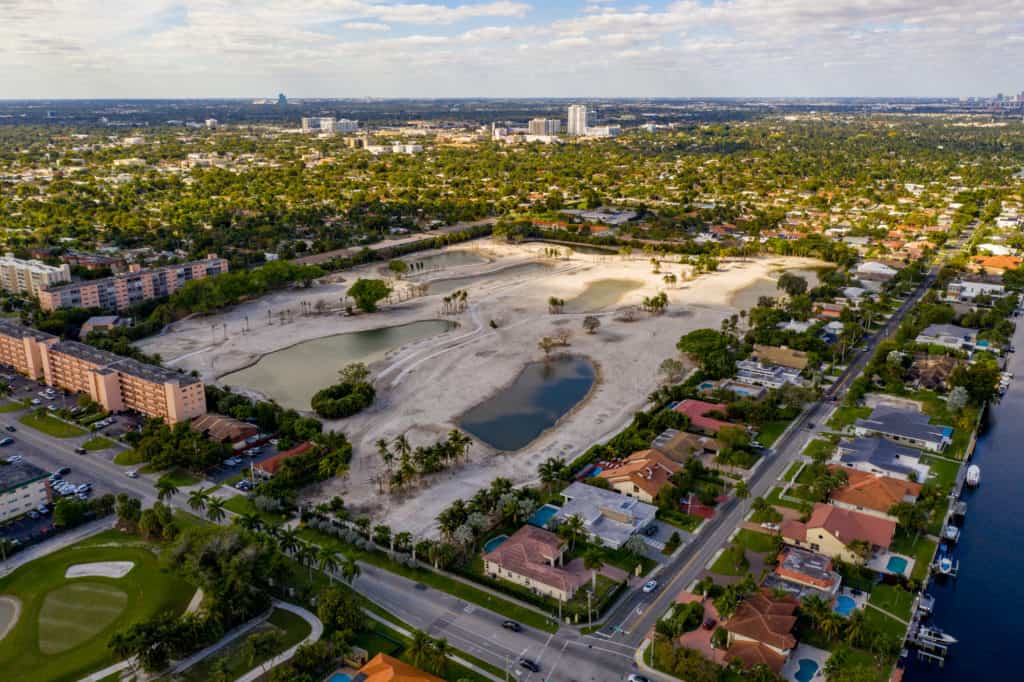
Golf courses are not built on flat land.
Without having hills and valleys or mounds, the golf course would not be interesting, and people would not play it.
Grading requires heavy construction equipment and a very specific plan as to how each hole will play.
Sometimes part of the grading process also means that land will need to be cleared.
When you consider that the golf course is usually at least five or six miles long from the first tee to the 18th green, this is a lot of land to cover.
2. Drainage
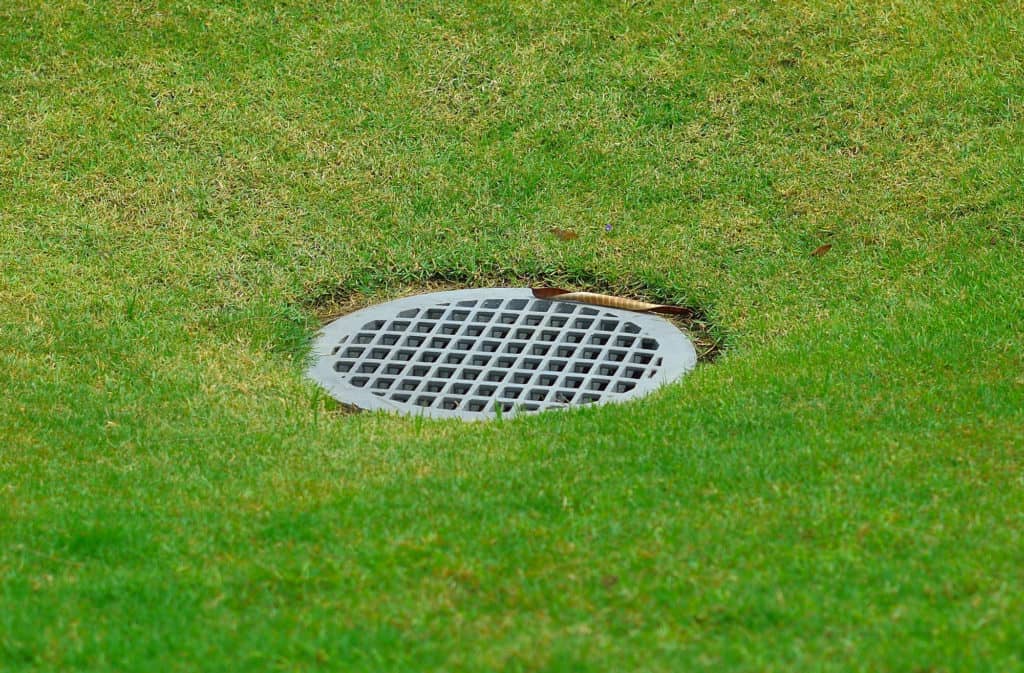
Once most of the grading is finished, golf course construction workers need to take a look at how the drainage will work on the course.
They will take into consideration the slopes and determine where extra drains are going to be necessary to make sure water does not flood the golf course.
Flooding on a golf course is bad not just because people won’t be able to play but also because it can cause fungus in the turf.
3. Rough and Finish Shaping
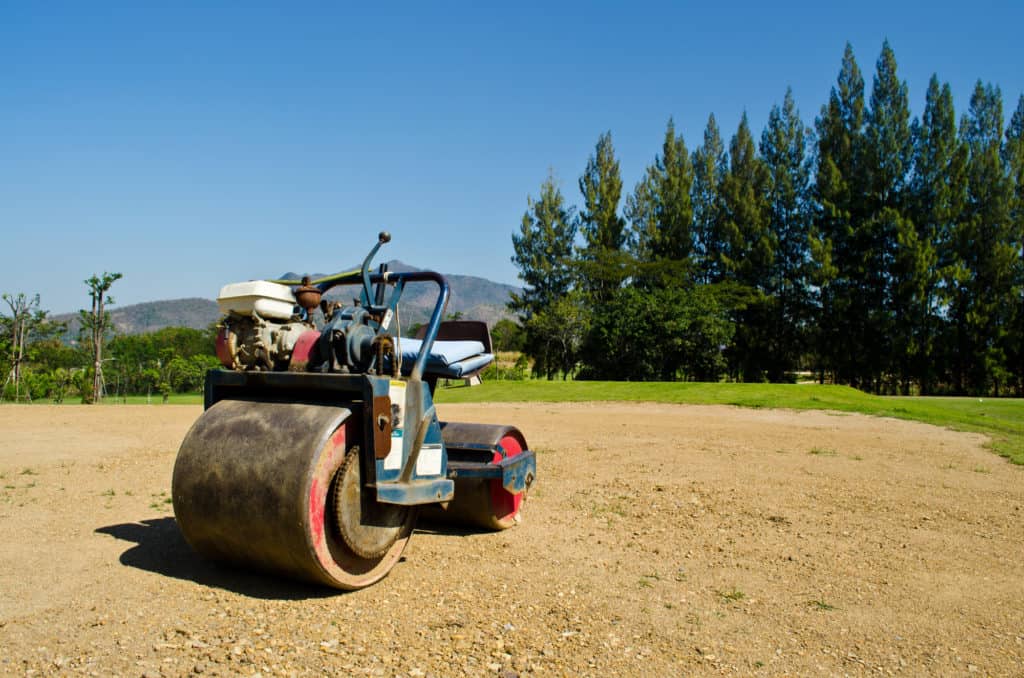
Once the drainage is in place, the golf course designers and workers will start to shape out where the fairway and rough will be.
When you play a golf course, you know that the rough/fairway divide is not a perfectly straight line.
These lines are made so that the golf course looks a certain way, and the fairway has specific widths all throughout.
4. Green Construction

Golf greens take some extra work than fairways.
Golf greens have to be constructed in such a way that there are enough flat spots for quite a few pin placements.
If the green is sloped entirely and can’t hold a golf shot that lands on it, that would be unfair for the players.
Therefore, a lot of math goes into creating golf greens.
There is a lot of testing done before green is finalized.
The soil used on the greens is also very important.
5. Tee Construction

Tee boxes are where each hole starts.
The tee box must be facing the proper direction, be the right height, and allow golfers ample room to move around.
Tee boxes need to be accessible as well.
Many of the tee boxes on modern golf courses are raised, and because of that, they may need stairs or entrances built in as well.
6. Bunker Construction

Bunkers are another area of the golf course which needs quite a bit of prep.
Bunkers sometimes take a while to get to their final configuration.
The sand needs to settle for quite some time as it is usually very soft initially, and golf balls will end up getting buried.
There are certain materials placed under the sand of the bunker to keep grass from growing through.
The bunker’s edges have to be perfected to make sure a golf ball can travel up and over the lip.
Bunkers can be very difficult to hit out of, so golf course designers need to determine exactly how difficult they are trying to make the golf course.
7. Grassing and Seed Prep

When all of that work has been finished, grass seed can start to be added to the course.
This is when the course will really start to take shape and look a bit more like a golf course.
There are usually several types of grass used on a golf courses and throughout the areas around the course as well.
This process requires time for the turf to grow in and get strong before golfers can play on it.
8. Cart Path and Bridge Construction

While the grass is growing, cart paths and any bridges or stairs are going to be built as well.
Cart paths sometimes will be paved, and others will be more like a dirt path.
Paved cart paths are usually going to bring higher construction costs because of the labor and material involved.
9. Irrigation System

Irrigation systems are very important at golf courses.
The irrigation system is what will keep the golf course green through the entire year.
Golf course irrigation systems use very powerful equipment that can pump in lots of water.
These irrigation systems take quite a bit of time to set up and program.
10. Lakes and Water Features

Lakes and water features at golf courses may be natural, but they may also be manmade.
For natural lakes and water features, there is usually some type of transition from rough to a fairway that the water feature needs to look right.
This needs to be finalized and perfected.
Some lakes and ponds will also have fountains installed to keep water moving and make the pond look visually appealing to golfers as well.
11. Grow-in Period
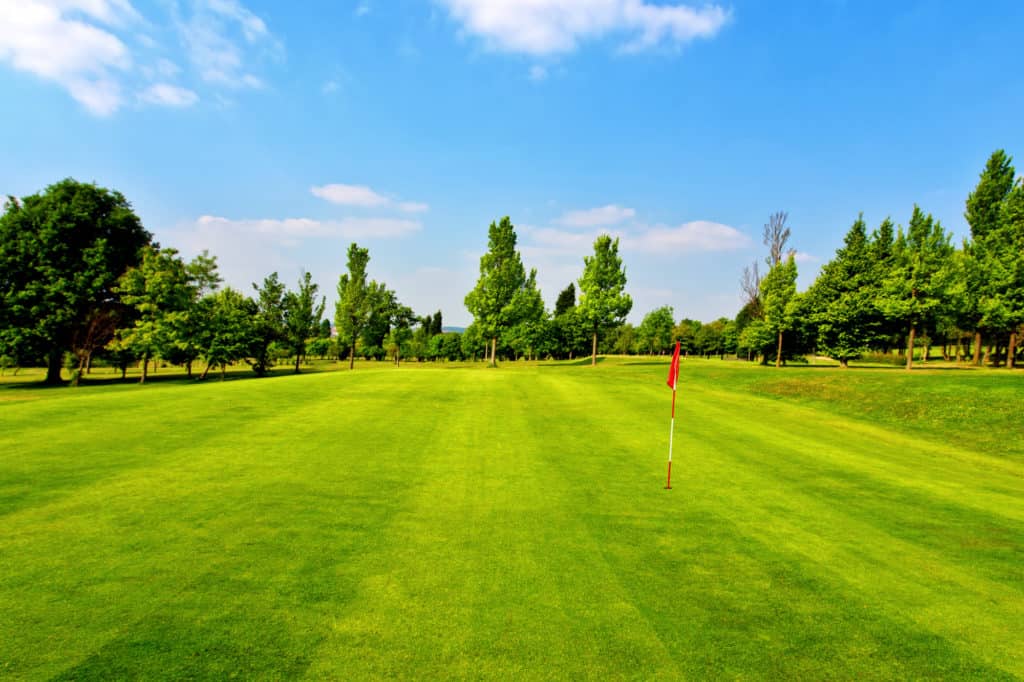
When all of these steps have been completed, there is a grow-in period.
This is when the golf course staff will prepare for opening and keep an eye out for any issues that may be occurring on the course.
Practice areas like driving ranges, putting greens, and practice bunkers will also be built.
If a golf course is opened for heavy play before it is ready, it could be detrimental to the course’s long-term health.
If you see a golf course under construction in your area, you should assume that it will be several years before you get a chance to play it.
Conclusion
Building a golf course is not cheap.
When you take a better look at all that is involved in building a golf course, you can probably see why.
The steps involved require quite a bit of manpower, lots of equipment, and many products.
Of course, when you consider the cost to build a golf course, you will also need to add in costs for a clubhouse, tennis courts, a pool, or whatever else may be located at the course.
A clubhouse will be several million dollars as well.
Many golf courses will be built in steps with the course first and then a clubhouse and other facilities to come later on.
This helps to make the process more affordable.
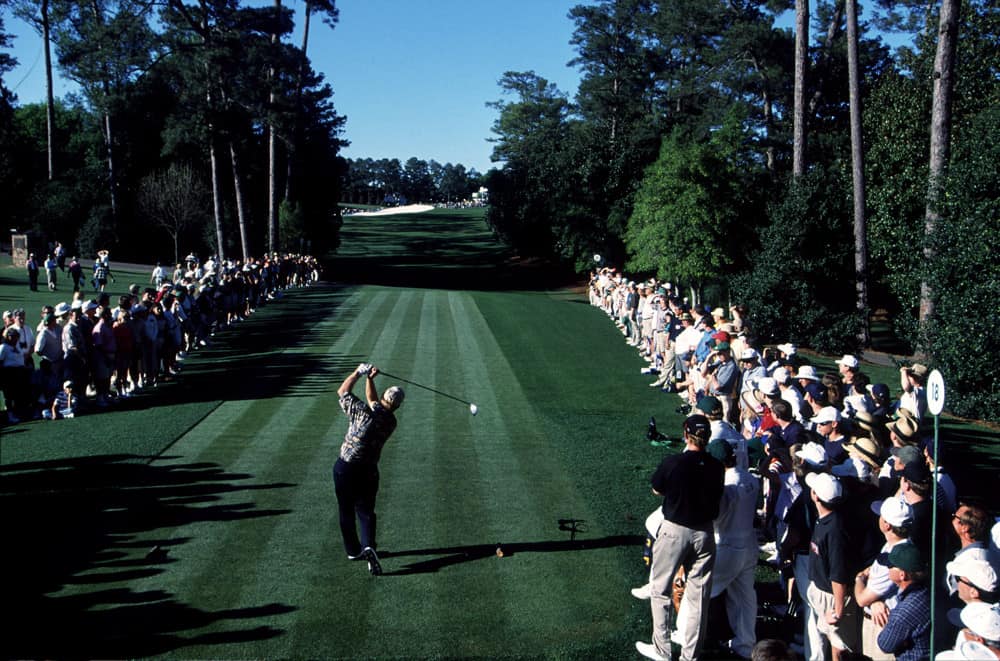


Leave a Reply
You must be logged in to post a comment.